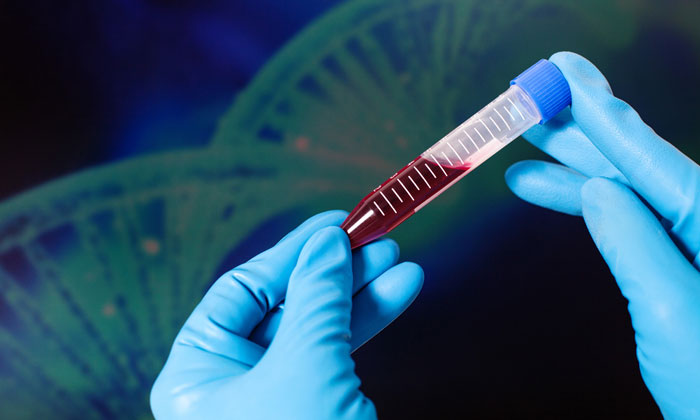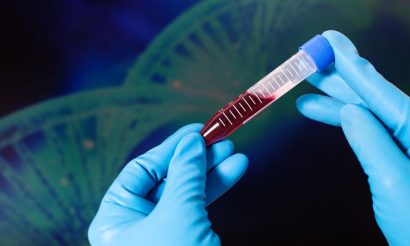Sangamo and Pfizer to collaborate on Haemophilia A gene therapy
Posted: 17 May 2017 | | No comments yet
Sangamo and Pfizer have announced a global collaboration and license agreement for the development of gene therapy programs for Haemophilia A…


Sangamo Therapeutics and Pfizer have announced an exclusive, global collaboration and license agreement for the development and commercialisation of gene therapy programs for Haemophilia A, including SB-525, one of Sangamo’s four lead product candidates, which Sangamo expects will enter the clinic this quarter.

“Sangamo brings deep scientific and technical expertise across multiple genomic platforms, and we look forward to working together to advance this potentially transformative treatment for patients living with Haemophilia A,” said Mikael Dolsten, MD, PhD, President of Worldwide Research and Development at Pfizer.
“Pfizer has made significant investments in gene therapy over the last few years and we are building an industry-leading expertise in recombinant adeno-associated virus (rAAV) vector design and manufacturing. We believe SB-525 has the potential to be a best-in-class therapy that may provide patients with stable and durable levels of Factor VIII protein with a single administration treatment.”
Haemophilia A
“With a long-standing heritage in rare disease, including haemophilia, Pfizer is an ideal partner for our Haemophilia A program,” said Dr Sandy Macrae, Sangamo’s Chief Executive Officer. “We believe Pfizer’s end-to-end gene therapy capabilities will enable comprehensive development and commercialisation of SB-525, which could potentially benefit Haemophilia A patients around the world. This collaboration also marks an important milestone for Sangamo as we continue to make progress in the translation of our ground-breaking research into new genomic therapies to treat serious, genetically tractable diseases.”
Commercialisation
Under the terms of the collaboration agreement, Sangamo will receive a $70 million upfront payment from Pfizer. Sangamo will be responsible for conducting the SB-525 Phase 1/2 clinical study and certain manufacturing activities. Pfizer will be operationally and financially responsible for subsequent research, development, manufacturing and commercialisation activities for SB-525 and additional products, if any. Sangamo is eligible to receive potential milestone payments of up to $475 million, including up to $300 million for the development and commercialisation of SB-525 and up to $175 million for additional Haemophilia A gene therapy product candidates that may be developed under the collaboration. Sangamo will also receive tiered double-digit royalties on net sales. Additionally, Sangamo will be collaborating with Pfizer on manufacturing and technical operations utilizing viral delivery vectors.
Gene therapy
Gene therapy is a potentially transformational technology for patients, focused on highly specialised, one-time, treatments that address the root cause of diseases caused by genetic mutation. The technology involves introducing genetic material into the body to deliver a correct copy of a gene to a patient’s cells to compensate for a defective one. The genetic material can be delivered to the cells by a variety of means, most frequently using a viral vector such as rAAV. There have been no gene therapy products approved in the US to date.
Haemophilia A is a rare blood disorder caused by a genetic mutation resulting in insufficient activity of Factor VIII, a blood clotting protein the body uses to stop bleeding. There are approximately 16,000 patients in the U.S. and more than 150,000 worldwide with Hemophilia A. SB-525 is comprised of a rAAV vector carrying a Factor VIII gene construct driven by a proprietary, synthetic, liver-specific promoter. The U.S. Food and Drug Administration has cleared initiation of human clinical trials for SB-525, which also has been granted orphan drug designation. Sangamo is on track this quarter to start a Phase 1/2 clinical trial to evaluate safety and to measure blood levels of Factor VIII protein and other efficacy endpoints.




